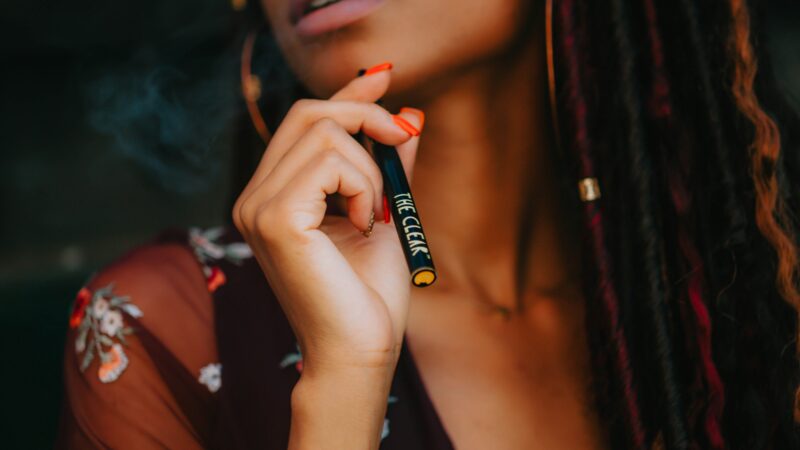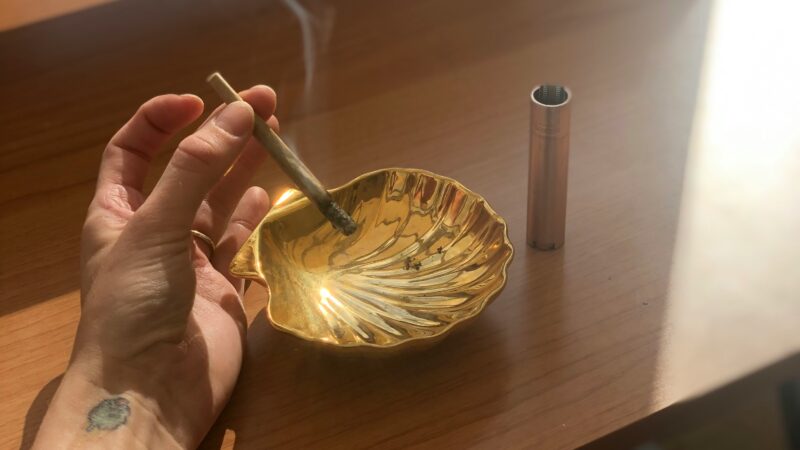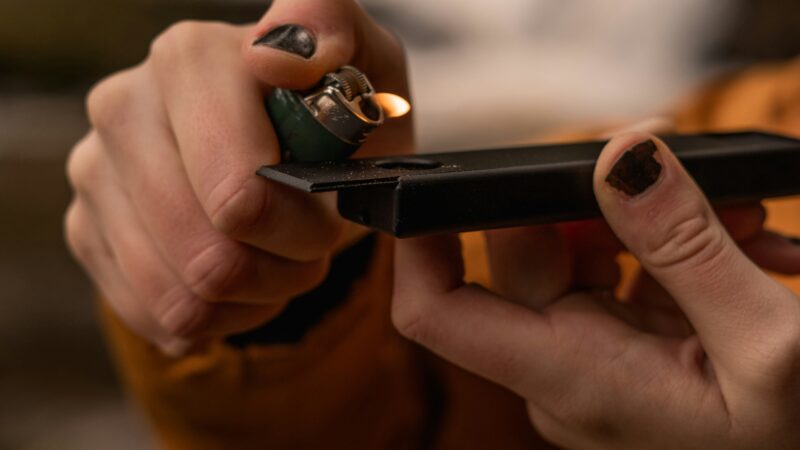
Introduction:
Cannabis topicals have been gaining popularity in the world of cannabis enthusiasts. These products, which include lotions, creams, balms, and oils, are infused with cannabis extract and can be applied directly to the skin for localized relief. While many people choose to purchase these products from dispensaries, making your own cannabis topicals can be a fun and cost-effective way to experience the benefits of cannabis. In this blog post, we will discuss everything you need to know about making your own cannabis topicals, including the benefits, ingredients, and step-by-step instructions.
Benefits of Cannabis Topicals:
Before we dive into the process of making your own cannabis topicals, let’s first explore the benefits of using these products. The most significant advantage of cannabis topicals is their ability to provide localized relief. When applied to the skin, the cannabinoids in cannabis can interact with the endocannabinoid receptors in our body, providing relief from pain, inflammation, and skin conditions such as eczema and psoriasis.
Another benefit of cannabis topicals is that they do not produce the psychoactive effects commonly associated with cannabis consumption. This makes them an excellent option for those who want to experience the therapeutic benefits of cannabis without feeling high.
Ingredients for Making Cannabis Topicals:
To make your own cannabis topicals, you will need a few key ingredients:
1. Cannabis-infused oil: This is the base of your topical and can be made by infusing carrier oils such as coconut, olive, or jojoba oil with cannabis flower or concentrates. You can also purchase pre-made cannabis-infused oils from dispensaries.
2. Beeswax: This ingredient helps to give your topical a thicker consistency and makes it easier to apply.
3. Essential oils: These oils not only add a pleasant scent to your topical but also provide additional therapeutic benefits. Some popular options include lavender, peppermint, and eucalyptus.
4. Vitamin E oil: This ingredient acts as a natural preservative and also has skin-nourishing properties.
5. A double boiler or a heat-safe bowl and pot: This will be used to melt and combine the ingredients.
6. Airtight containers: These are necessary for storing your homemade cannabis topicals.
Step-by-Step Guide to Making Cannabis Topicals:
1. Decarboxylate your cannabis: To activate the cannabinoids in your cannabis, it needs to go through a process called decarboxylation. This can be done by heating your cannabis in the oven at 240°F for 40 minutes.
2. Infuse your oil: Once your cannabis is decarboxylated, you can infuse it into your carrier oil. To do this, place your decarboxylated cannabis and your chosen oil in a double boiler or heat-safe bowl and pot. Heat the mixture on low for 2-3 hours, stirring occasionally. If you are using a slow cooker, you can leave it on low for 6-8 hours.
3. Strain the oil: Once the infusion process is complete, strain the oil through a cheesecloth or fine-mesh strainer to remove any plant material.
4. Melt the beeswax: In a double boiler or heat-safe bowl and pot, melt the beeswax over low heat.
5. Combine the ingredients: Once the beeswax is melted, add your infused oil and stir until well combined. Remove the mixture from heat and let it cool for a few minutes.
6. Add essential oils and vitamin E oil: Once the mixture has cooled, add a few drops of your chosen essential oils and a few drops of vitamin E oil for preservation. Stir well.
7. Pour into containers: Carefully pour the mixture into your airtight containers and let them cool completely before use.
Tips for Making the Perfect Cannabis Topicals:
1. Use high-quality ingredients: The quality of your ingredients will directly impact the quality of your final product. Be sure to use organic carrier oils and essential oils for the best results.
2. Experiment with different ratios: The amount of cannabis-infused oil you use will depend on the potency you desire. Start with a small amount and adjust as needed.
3. Label your containers: Be sure to label your containers with the ingredients and date of creation to keep track of your topicals.
4. Store in a cool, dark place: To ensure the longevity of your topicals, store them in a cool, dark place away from direct sunlight.
Conclusion:
Making your own cannabis topicals is a fun and rewarding experience that allows you to customize your products to your specific needs. By following the steps outlined in this blog post and using high-quality ingredients, you can create topicals that provide targeted relief and nourish your skin. Whether you are looking for relief from pain, inflammation, or skin conditions, cannabis topicals are a natural and effective option to consider. So why not give it a try and make your own cannabis topicals today? Your skin will thank you.




